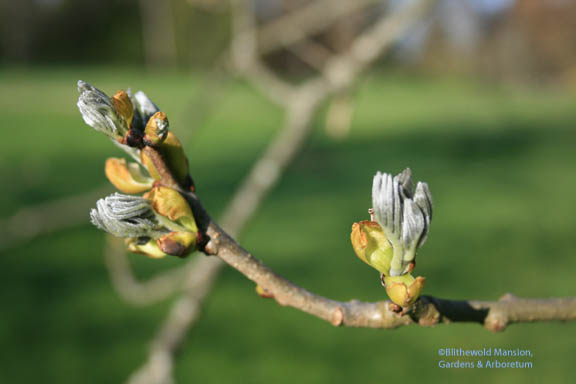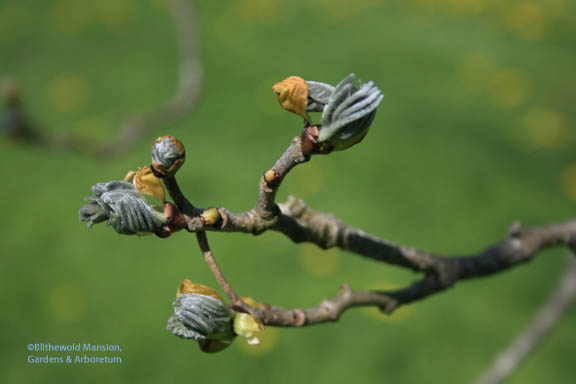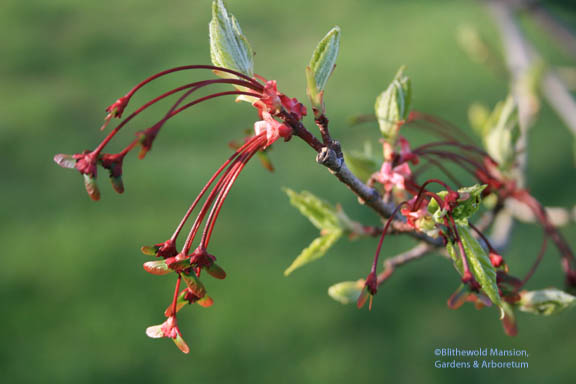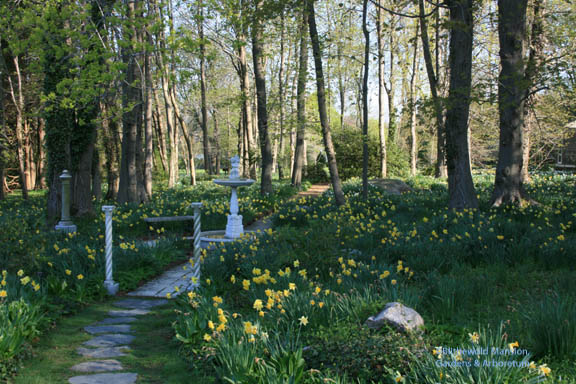I challenge you
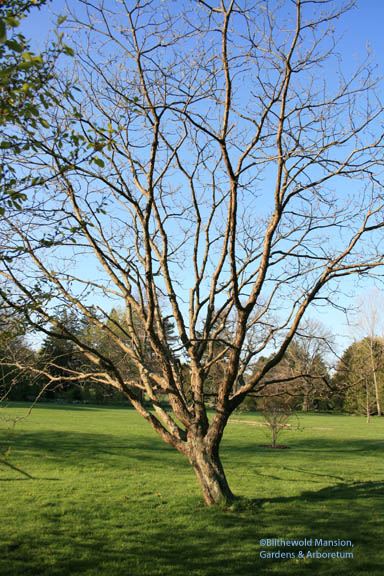 Yesterday, the Rockettes and I were walking back to the greenhouse from planting teeny poppies and blue woodruff in the Rock Garden and I finally saw a tree that my eyes must have bounced off of nearly every day since I started working here. The tree has beautiful peeling bark that would have been a perfect feature in a Winter Interest post (maybe next winter I’ll write one of those…) and according to the AHS A-Z it has midsummer flowers (insignificant according to Julie) followed by pea-like seed pods. But this is what the Maackia amurensis has now and what my eyes finally lit on and saw:
Yesterday, the Rockettes and I were walking back to the greenhouse from planting teeny poppies and blue woodruff in the Rock Garden and I finally saw a tree that my eyes must have bounced off of nearly every day since I started working here. The tree has beautiful peeling bark that would have been a perfect feature in a Winter Interest post (maybe next winter I’ll write one of those…) and according to the AHS A-Z it has midsummer flowers (insignificant according to Julie) followed by pea-like seed pods. But this is what the Maackia amurensis has now and what my eyes finally lit on and saw:
From a distance the emerging leaves looked almost purple/blue and up close they were sterling silver busting out of an 18k greengold wrap! The thing that I can’t get over is not that it was one of the most incredible color combos I’ve ever noticed in nature but that I simply hadn’t registered the tree before. My challenge for you, if you choose to accept it, is to look at something new that you see everyday. You might find a surprise every bit as sublime and stunning and knock you off your rocker gorgeous (like these Red maple samaras).
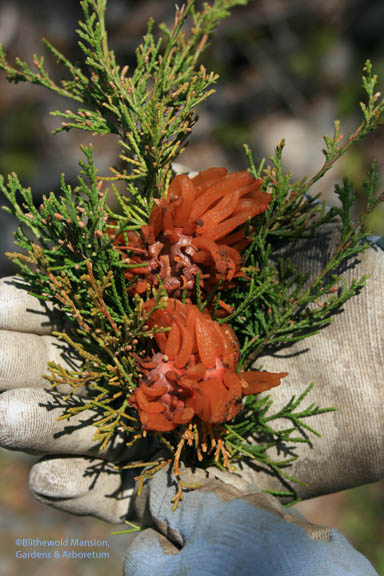 There are other things we’re noticing in the gardens that aren’t so wonderful but are just as important to keep an eye out for. Gail and I spotted Cedar-apple rust (Gymnosporangium juniperi-virginiani) on a Juniper near the greenhouse. These alien orange gelatinous globs of disgusting goo appear in April/May usually after a rain on the host plant – Junipers (Juniperus virginiana) a.k.a Eastern Red Cedars – and then spread by spore to infect apples and native crabapples (most non-natives are resistant). Damage on apples appears as leaf spots, poor quality fruit and repeated infection can eventually cause the tree to die. Take a look at your junipers – if you see an orange Martian with horns, cut it off and throw it out (but not in the compost).
There are other things we’re noticing in the gardens that aren’t so wonderful but are just as important to keep an eye out for. Gail and I spotted Cedar-apple rust (Gymnosporangium juniperi-virginiani) on a Juniper near the greenhouse. These alien orange gelatinous globs of disgusting goo appear in April/May usually after a rain on the host plant – Junipers (Juniperus virginiana) a.k.a Eastern Red Cedars – and then spread by spore to infect apples and native crabapples (most non-natives are resistant). Damage on apples appears as leaf spots, poor quality fruit and repeated infection can eventually cause the tree to die. Take a look at your junipers – if you see an orange Martian with horns, cut it off and throw it out (but not in the compost).
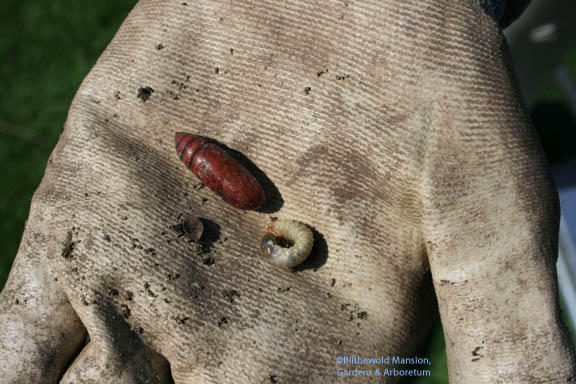 Today we moved some perennials from the North Garden to the Rose Garden and as I was digging my planting holes I came across these critters. The larger brown-orange one I think is a Gypsy Moth pupa (anyone know for sure?)
Today we moved some perennials from the North Garden to the Rose Garden and as I was digging my planting holes I came across these critters. The larger brown-orange one I think is a Gypsy Moth pupa (anyone know for sure?) 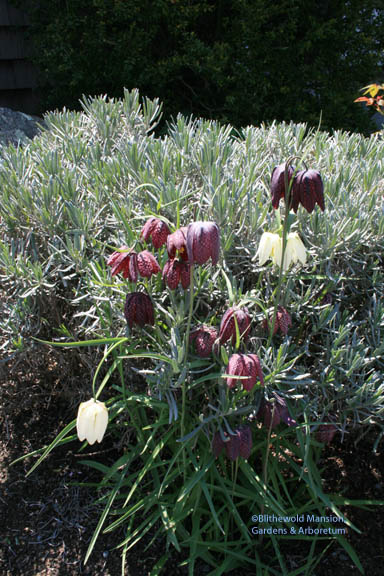 and when I suggested putting the wriggling guy on the pavement for the birds to find both Gail and Julie said “Awww…” and the Mom in Gail said “We don’t harm nature, Kris.” So I rolled my eyes and buried it again. I squarshed the other one though and several of its siblings. And I would pay any child a penny a pinch to do the same because it was a Japanese beetle grub and future rose devour-er. I had half a mind to keep digging up the Rose Garden to try and find them all… Instead I did something much more pleasant – I nipped and pinched and groomed our lavenders. Older specimens often open up in the middle and pinching can help keep them young at heart.
and when I suggested putting the wriggling guy on the pavement for the birds to find both Gail and Julie said “Awww…” and the Mom in Gail said “We don’t harm nature, Kris.” So I rolled my eyes and buried it again. I squarshed the other one though and several of its siblings. And I would pay any child a penny a pinch to do the same because it was a Japanese beetle grub and future rose devour-er. I had half a mind to keep digging up the Rose Garden to try and find them all… Instead I did something much more pleasant – I nipped and pinched and groomed our lavenders. Older specimens often open up in the middle and pinching can help keep them young at heart.
Daffodil Days are still going strong although the daffodil show is beginning to go by. It’s a good thing the parade of (other) blooms has only just begun!

